The Earliest Explorers
Western Hemisphere. The image is attributed to NASA and is in the public domain. Uploaded from Wikimedia Commons.
The surface of the earth is about 70% water and 30% land. In a sense, then, we all live on islands that are spread out over a single ocean. Early humans did not confine themselves to the land on which they were born. They built vessels and explored the ocean, without map or compass, without knowledge of what lay ahead. They began voyages, sometimes in significant numbers, in search of opportunity.
In the United States, school children are taught about the "Age of Exploration". This refers specifically to the expansionist exploits of Europeans between the fifteenth and seventeenth centuries. The nomenclature, Age of Exploration, however, is misleading and culturally biased. Early explorers, long before the fifteenth century, dramatically changed the distribution of human populations across the earth. These explorers introduced flora and fauna to new territories and altered the environments they contacted.
Archaeologists, anthropologists, paleontologists and historians collect data that may tell us why various early peoples embarked on perilous journeys across the ocean. Some mariners may have fled from famine, or disease. Some may have sought conquests in new lands. And some may have been driven by curiosity, a desire to see what lay beyond. The further back in history researchers look, the less certain they can be about the motivation for the voyages, but an analysis of DNA and archaeological finds gives strong clues about the fate of early explorers.
This rock painting was discovered in Kimberley, West Australia. The painting is estimated to be about 17,000 years old. The image is attributed to TimJN1 and Bradshaw Art. It is used under a Creative Commons Attribution-Share Alike 2.0 Generic license.
One of the earliest, some think the earliest, migration across the sea was a journey that took place about 65,000 years ago. This is when, it is believed, a contingent of vessels left Indonesia and sailed to Australia. Evidence of even earlier voyages has been offered by a few archeologists. One, Thomas Strasser, from Providence College on Rhode Island, suggests that the Australian migration was preceded by another in Greece. Strasser cites evidence that indicates explorers left mainland Greece 130,000 years ago and traveled about 51 miles across open sea to Crete. Strasser's theory has received interest, but many skeptics remain.
What is in little dispute, however, is that the sea journey to Australia by early explorers did take place. While the accepted time frame varies (between 50,000 and 70,000 years), the fact of the voyage is not in serious dispute.
The Polynesian Triangle. Image credit: Kahuroa, on Wikimedia Commons. In the public domain.
In considering the impact and ambition of early explorers, Polynesians stand out. DNA evidence suggests that the first inhabitants of Polynesia came from Asia about 5000 years ago. Over the centuries Polynesian influence spread across the Pacific in a series of explorations that led them to, among other places, New Zealand, Easter Island and Hawaii. The area of their voyages and settlements is often referred to as the Polynesian Triangle.
A replica of a Polynesian outrigger canoe. Image credit: Stan Shebs. Used under a Creative Commons Attribution-Share Alike 3.0 Unported license.
While it is certain that voyages of exploration took place thousands of years ago, what is not certain is the type of watercraft used by early mariners. Polynesians, it seems, traveled in dugout canoes that were lashed together, two at a time. These lashed canoes were propelled by both sail and paddle. Navigation was guided by the sky, which sailors had been taught to read through oral tradition--a wisdom handed down from their elders.
Kon-Tiki raft in Kon-Tiki Museum, Oslo, Norway. Released into the public domain by Daderot. Uploaded from Wikimedia Commons.
In 1947, a Norwegian researcher, Thor Heyerdahl, conducted an experiment that attempted to show the reliability of early vessels. He constructed a raft-style boat, the Kon-Tiki. The raft took him and his crew from South America to the Polynesian Islands, a distance of 4,300 miles. The journey lasted 101 days. Heyerdahl used in construction of his raft only materials that would have been available to the earliest voyagers.
A reed boat on Lake Titicaca in Peru. Released into the public domain by ProjectManhattan. Uploaded from Wikimedia Commons.
In 1970, Heyerdahl conducted another experiment on the high seas. This time he crossed the Atlantic in a reed boat. It took him forty-seven days to sail from Morocco to Barbados. Archaeological evidence of reed boats goes back as far as 7,000 years, in Mesopotamia.
While it is likely that voyages of great distance on open sea were accomplished by raft, reed boat or outrigger canoe, other types of watercraft were used in early history.
The Pesse Canoe, above, is believed to be the oldest boat discovered, to date. The canoe is on display at the Drents Museum in the Netherlands. Image credit: Drents Museum. Used under a Creative Commons Attribution 3.0 Unported license.
Dugout canoes have a long history. The canoes are made from a single tree. The first dugouts were made by setting a controlled fire to hollow out the center of a tree. The edges of the hollow were shaped and smoothed by using stone, wood or shell tools. While it is not believed dugouts were used for long sea voyages, it is possible to cover large areas in this type of watercraft, and some stalwart individuals have demonstrated this.
And then there are leather boats. In 1977, a British explorer, Tim Severin sailed across the Atlantic in a boat constructed of oak, ash, and hides. He used "nearly two miles of leather thong, and wrapped with a patchwork of 49 traditionally tanned ox hides". Severin was trying to prove that such a voyage would have been possible 500 years before the Vikings sailed to North America.
It is clear that the term, Age of Exploration, if used at all, must encompass a broad swath of human history. Evidence of explorers who changed the course of human events goes back thousands of years. More recent European explorers, between the fifteenth and seventeenth centuries, in many cases duplicated the discoveries of earlier adventurers. Often the modern travelers destroyed, through disease and environmental depredation, what had been created by those who came before.

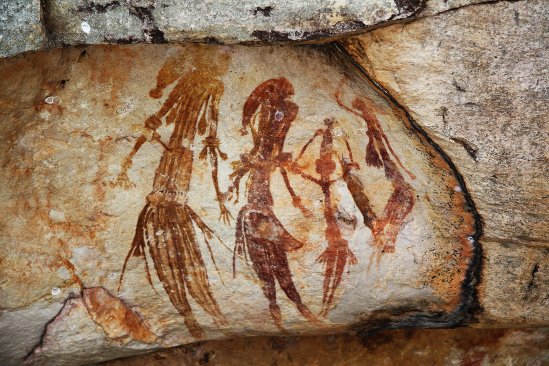
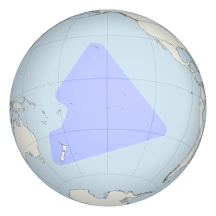
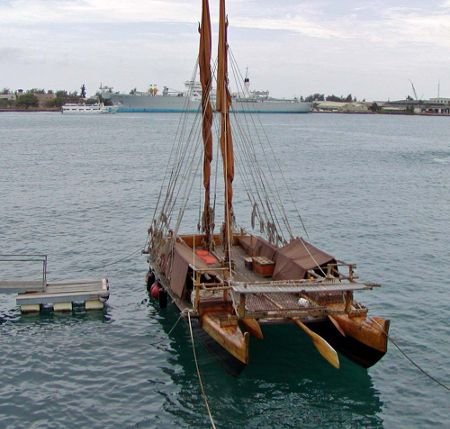
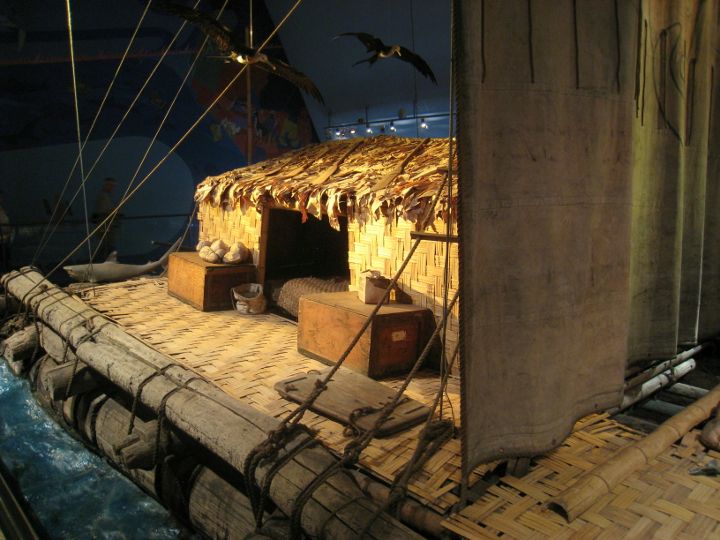
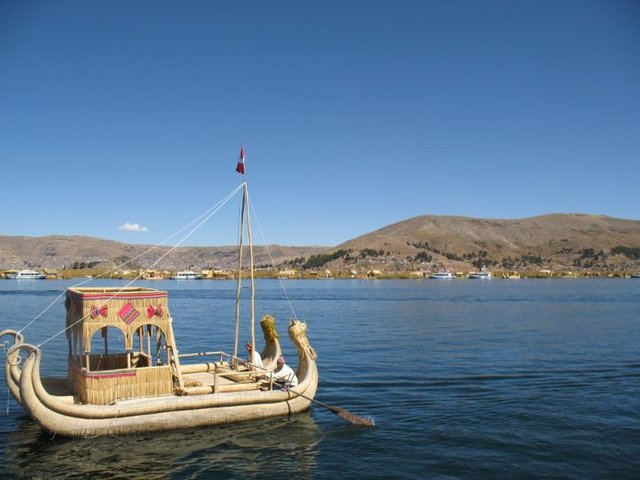
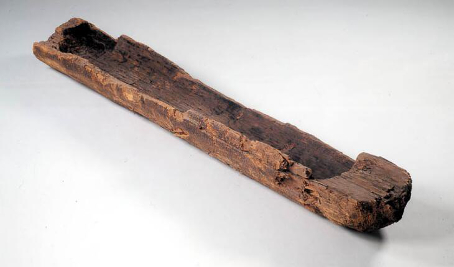
You received a 10.0% upvote since you are not yet a member of geopolis and wrote in the category of "archeology".
To read more about us and what we do, click here.
https://steemit.com/geopolis/@geopolis/geopolis-the-community-for-global-sciences-update-4
Thank you! I'm so pleased to be endorsed by the community.